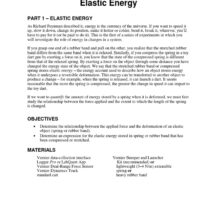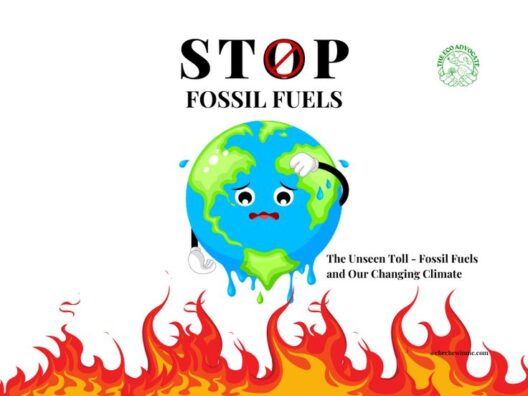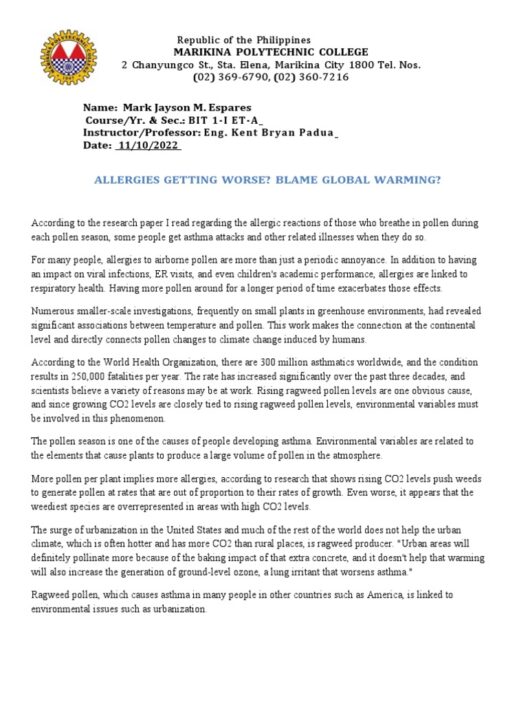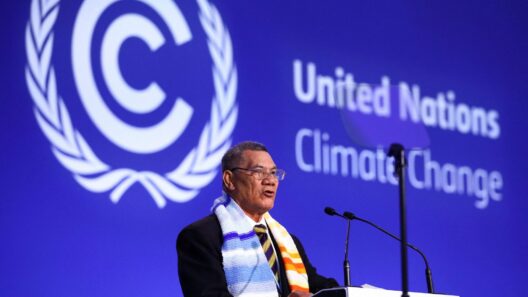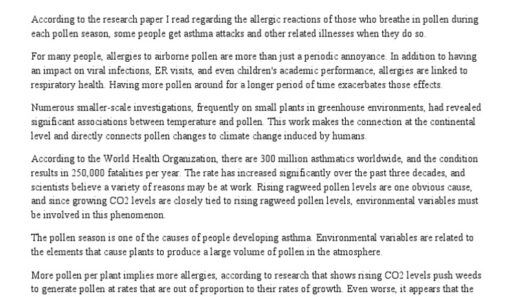In the grand tapestry of our planet’s narrative, the threads of climate change and economic growth interweave in a complex dance. Each step taken towards prosperity can sometimes feel like a step away from environmental stability. Yet, this dance does not have to end in discord. The pressing question arises: can humanity decelerate the march of global warming while propelling economic progress? The answer may be found in the delicate balance of innovation and responsibility.
Imagine the Earth as a vast garden. Each plant represents a facet of our civilization—industry, agriculture, technology—thriving under the warmth of the sun. However, as the temperature rises, some plants flourish to the detriment of others. The challenge we face is akin to gardener’s pruning; we must selectively trim back the overzealous growth of greenhouse gas emissions while nurturing sustainable development. This garden metaphor elucidates the essence of the relationship between growth and environmental stewardship.
The enigma of global warming intensifies with each passing year. The consequences of our actions manifest in conspicuous ways—melting glaciers, shifting weather patterns, and rising sea levels. As the scientific community has long asserted, the increase in greenhouse gases correlates with human activities, predominantly fossil fuel consumption. Acknowledging this connection is vital. However, acknowledging alone is insufficient. We must translate awareness into action.
One of the foremost approaches to mitigating climate change without stymying growth is the transition towards renewable energy. Solar, wind, and hydroelectric power represent a promising shift from conventional fossil fuels. By harnessing the abundancy of these natural resources, societies can maintain energetic momentum while significantly reducing carbon footprints. This transition is not merely a technological upgrade; it embodies a revolution in thought. The efficacy of these renewable sources continues to improve, while costs plummet. The global market stands at the cusp of a momentous paradigm shift.
Yet, renewable energy alone is not a panacea. As we pivot towards greener energy sources, the question of efficiency arises. The principle of energy efficiency offers a multifaceted solution to growth and sustainability. Buildings that consume less energy, vehicles that travel further on less fuel, and industrial processes that minimize waste are all embodiments of this principle. By implementing stringent efficiency standards and incentivizing technological advancements, we can cultivate economic growth that is not merely sustainable but regenerative.
The interplay of policy and innovation is paramount in this context. Governments must act as the architects of this new paradigm, enacting laws and regulations that favor environmentally friendly practices. Tax incentives for green technology, investments in public transportation, and funding for research into carbon capture can catalyze both economic development and environmental protection. However, policy must be coupled with public engagement; the culture of sustainability must blossom within communities. Grassroots movements have often been the bedrock of substantial change, demonstrating powerful collective action.
Additionally, a critical component of slowing global warming is sustainable agriculture. Agricultural practices must evolve from high-emission methodologies to a more conscientious approach. Regenerative farming techniques, such as crop rotation and agroforestry, not only enhance soil health but also sequester carbon. As we feed a growing global population, the challenge lies in doing so without obliterating the natural ecosystems that sustain us. Innovations in vertical farming and lab-grown meat introduce possibilities that may redefine our agricultural landscape, minimizing deforestation and carbon emissions.
A pivotal aspect of this journey is the role of technology and innovation. Cutting-edge advancements offer tools to manage resources more efficiently. Smart grids facilitate the integration of renewable energy, while breakthroughs in battery technology promise to revolutionize energy storage. The intersection of artificial intelligence and climate science can enhance our predictive models, allowing us to better anticipate and mitigate the impacts of climate change. The driving force behind technological evolution is often economic motivation; thus, fostering an environment that rewards innovative solutions can lead us towards a more equitable and sustainable future.
However, the road to sustainability is fraught with obstacles. Resistance often emerges from entrenched industries and political circles that fear the loss of their status quo. Addressing these fears requires transparent communication and collaborative dialogue. Education plays a crucial role in redefining mindsets—empowering individuals to understand the intrinsic value of preserving our planet while maintaining economic vitality.
As we navigate this uncharted territory, it becomes increasingly clear that the conundrum of growth versus sustainability need not be a zero-sum game. Instead, we can envision a synergistic model where ecological integrity coexists with economic vitality. A collective awakening to this possibility signifies an imperative shift—a transition from a culture of consumption to one of stewardship.
In conclusion, the complexity of global warming and its interplay with economic growth necessitates a mosaic of approaches, each a stroke that shapes our future. Through innovation, policy, public engagement, and a commitment to sustainable practices, humanity can indeed slow the relentless advance of climate change while continuing to thrive. The garden of our Earth awaits our careful tending. The seeds of transformation are within our grasp; it is time to cultivate a future where prosperity and sustainability bloom in harmony.
